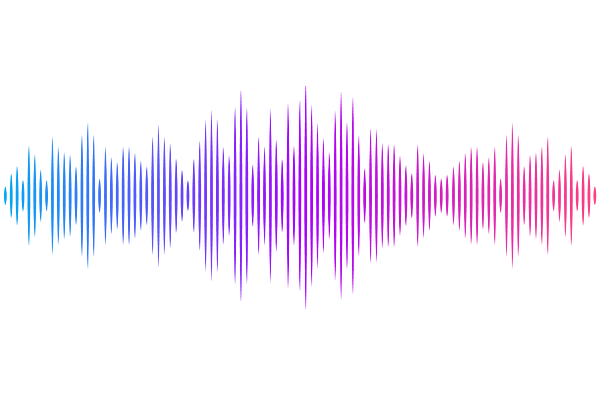Quantum signatures in black hole accretion: Pair production in dynamical magnetic fields

Quantum signatures in black hole accretion: Pair production in dynamical magnetic fields
Susobhan Mandal IIT Bombay, Tausif Parvez IIT Bombay, S. Shankaranarayanan IIT Bombay
AbstractAccretion disks around black holes host extreme conditions where general relativity and magnetohydrodynamics dominate. These disks exhibit two distinct dynamical regimes -- Standard and Normal Evolution (SANE) and Magnetically Arrested Disk (MAD). In the MAD regime, these systems exhibit magnetic fields up to $10^8$ G and variability on gravitational timescales $t_g \sim 10^{-4}$ s for stellar-mass black holes. While classical magnetohydrodynamics has been extensively applied, quantum effects in these high-energy environments remain unexplored. Here, we employ quantum field theory in background gauge fields (QFTBGF) to demonstrate that the dynamic magnetic fields of MADs drive significant pair production via the Schwinger mechanism. The resulting pairs emit non-thermal (synchrotron) radiation with a peak frequency tunable across $ \sim 1 - 3000$ MHz, depending on the magnetic field strength (peaking at higher frequencies for stronger fields). For $ B \sim 10^8 $ G, our model predicts a peak spectral flux density of $ \sim 1 - 100$ mJy, detectable with next-generation radio telescopes (e.g., SKA, ngVLA). This work provides a direct and observable signatures of quantum effects in black hole accretion disks.